With January firmly behind us now we are on our way to spring 2018, the mornings and evenings are slightly longer and all things living in the garden are feeling a change in season. It’s been a particularly mild winter, so some plants especially bulbs have emerged a little earlier this year. Hellebores began flowering at Christmas and ornamental grasses are still one of the main feature of the garden, with strong elegant plumes reaching up over the seed heads and dead foliage of herbaceous perennials.
In my experience of gardening outdoors, February brings a fresh start to the new growing year, but it also means colder weather. On a mild February day it can be very tempting to start cutting back dead foliage on herbaceous perennials whos fresh growth has appeared at soil level, but beware for those tender delicate plants, it can be detrimental, and a severe frost or snow might kill off your favourite flowers altogether . If in doubt, don’t cut out, I say. The tall seed heads and dead foliage can act as an insulator and filter heavy snowfall or prolonged frost. However, if you wish to cut back and tidy up beds cover delicate new shoots with fleece.
In my experience of gardening outdoors, February brings a fresh start to the new growing year, but it also means colder weather. On a mild February day it can be very tempting to start cutting back dead foliage on herbaceous perennials whos fresh growth has appeared at soil level, but beware for those tender delicate plants, it can be detrimental, and a severe frost or snow might kill off your favourite flowers altogether . If in doubt, don’t cut out, I say. The tall seed heads and dead foliage can act as an insulator and filter heavy snowfall or prolonged frost. However, if you wish to cut back and tidy up beds cover delicate new shoots with fleece.
Start your garden tidy up carefully removing annual weeds. In a mild winter they remain actively growing, flowering and then producing seed, seed that multiples and prepares itself for an invasion of your garden when the temperature increases. Annuals will also steal vital nutrients and space in the flower bed. Annual weeds can become a persistent pest in the garden through summer if not controlled early in spring. Using a folk remove all perennial weeds, making sure to get all the root system and shake off excess soil from roots. Now when all weeds are removed you are left with your beloved plants. Clean out leaf build up and die back foliage, ideally leave seed heads for birds to feed on but if not cut 3 inches above the new emerging growth. If there are any Hydrangea mop heads or macrophylla varieties, dead heading can be carried out now.
I find the jobs to start off with should be pathways, particularly in small gardens, make them safe for walking by removing moss and algae, the low winter sun can give rise to these increases of moss and algae causing slippery and unsightly paths. If you have stone or pebble close to flower beds where clearing and digging, it is best to cover these paths to avoid soil transfer onto paths or stone into beds.it may be advisable to power wash paths with an algae remover wash if excessive algae has built up
I find the jobs to start off with should be pathways, particularly in small gardens, make them safe for walking by removing moss and algae, the low winter sun can give rise to these increases of moss and algae causing slippery and unsightly paths. If you have stone or pebble close to flower beds where clearing and digging, it is best to cover these paths to avoid soil transfer onto paths or stone into beds.it may be advisable to power wash paths with an algae remover wash if excessive algae has built up
Other jobs to be getting on with this February are:
- Clean off tools, disinfect secateurs and service all machinery if required
- Prune winter flowering shrubs that are now finished flowering
- Cut back ornamental grasses that are looking shaggy and worn out after the winter
- Remove all fallen debris from lawn and pathways
- Cut back all autumn fruiting raspberry canes to ground level
- Prepare vegetable plot by removing all weeds and digging in well-rotted organic farmyard manure to improve soil structure, when finished cover with cell membrane or carpet to protect and warm up soil
- Prepare first early potatoes by chitting them on the window sill and plant up garlic bulbs
- Make a list of vegetable and flowers that you would like to grow this year
- Clean and disinfect all seed trays and sow seeds in new potting compost, label and water

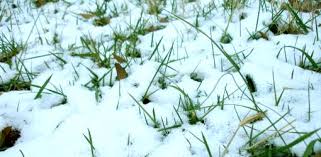
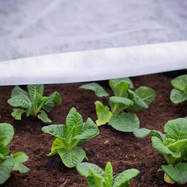
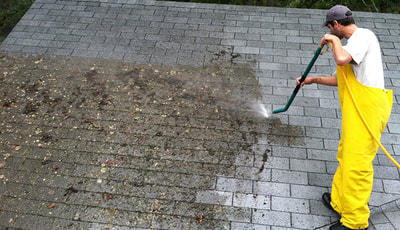

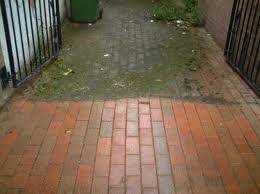

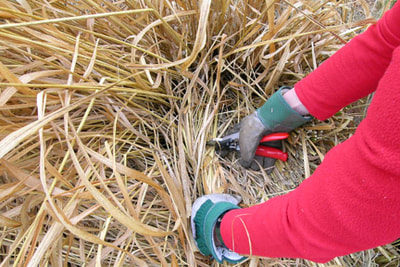
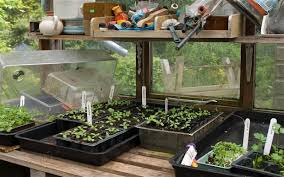




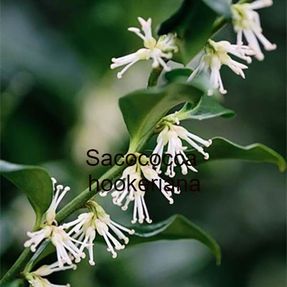
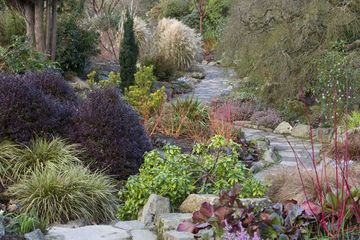
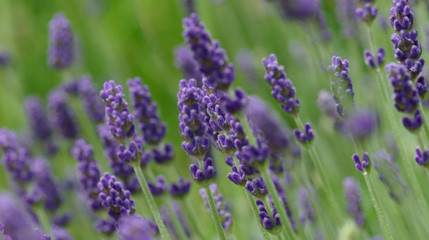
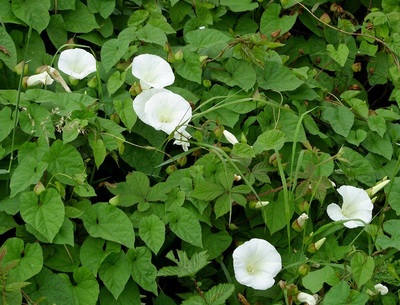
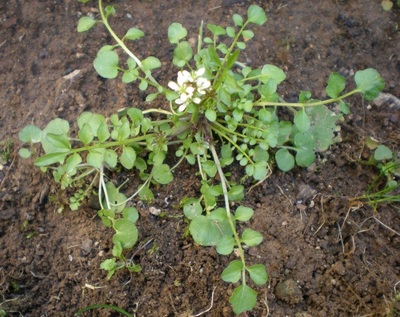

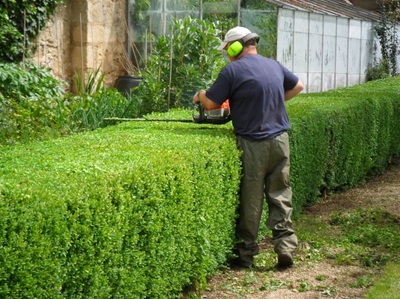
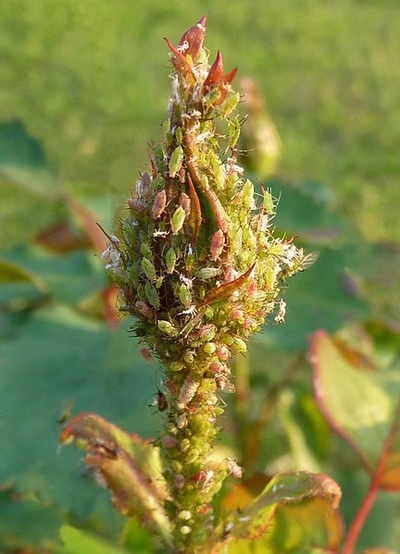
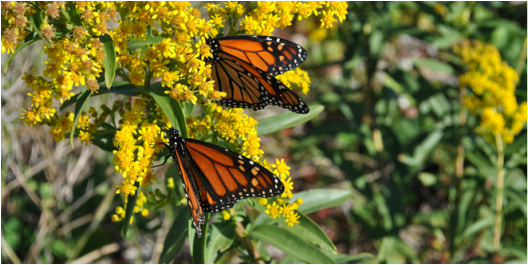


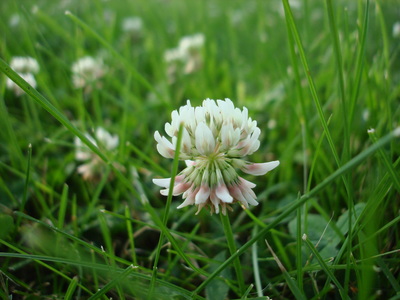
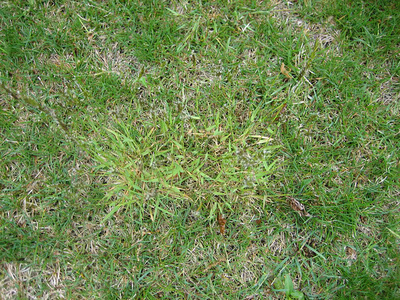
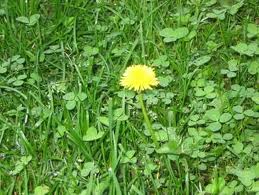
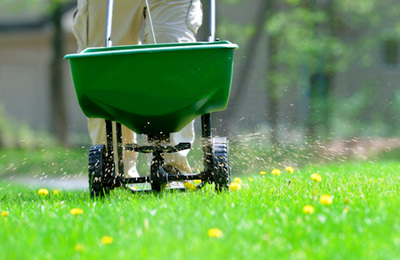
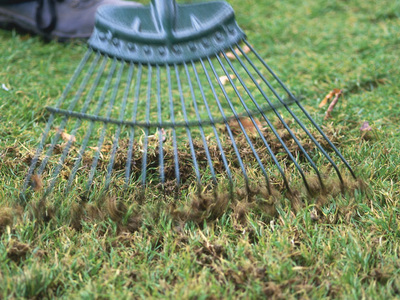
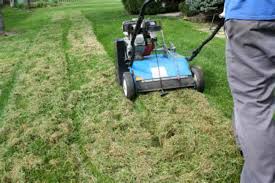

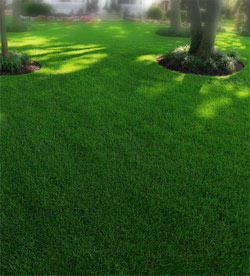
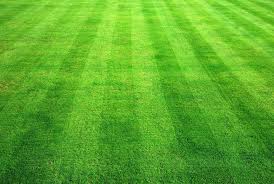

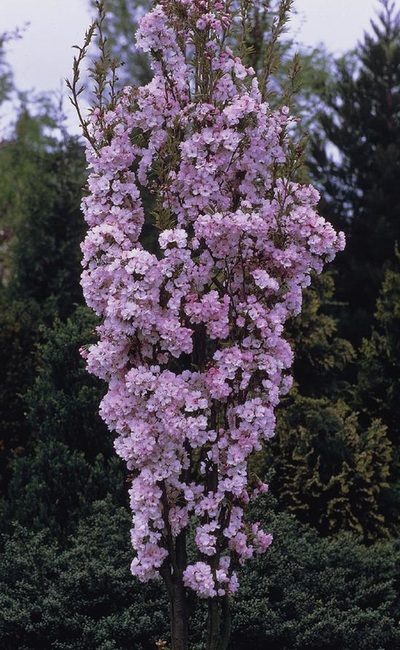
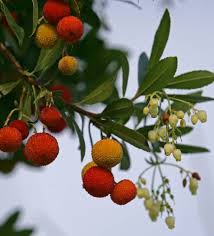
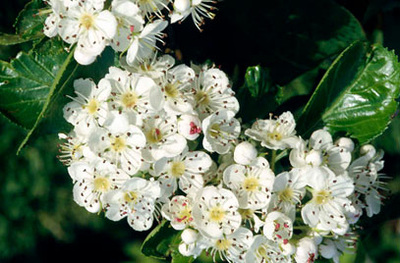
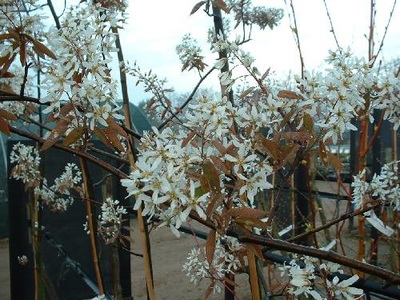

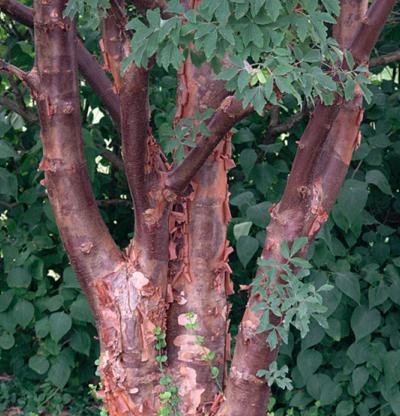
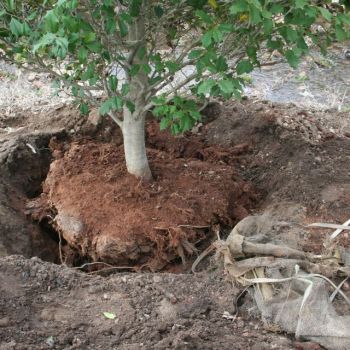
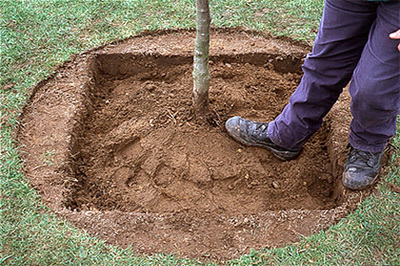
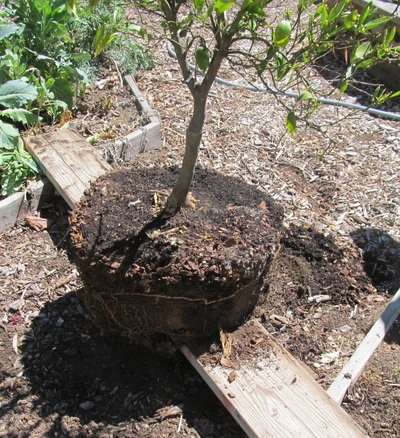


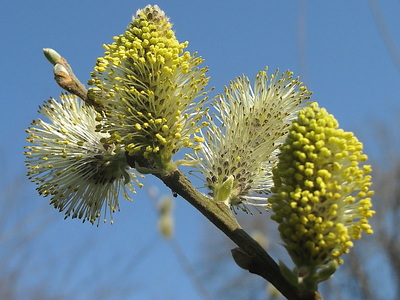
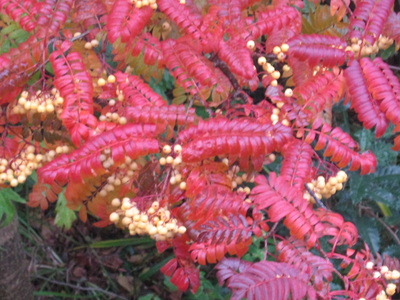

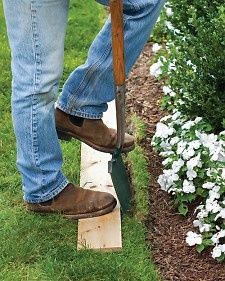



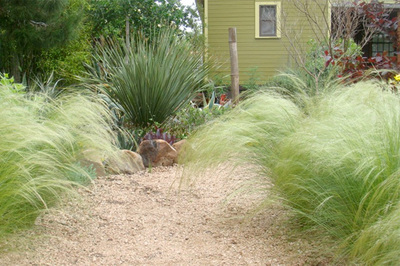
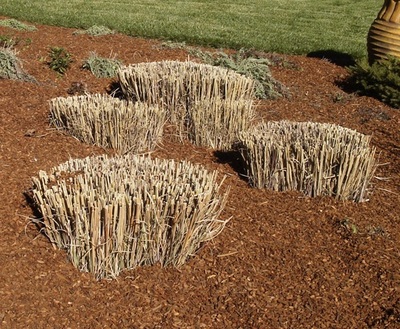
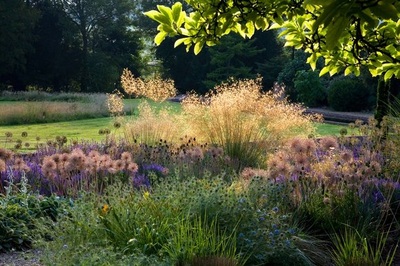

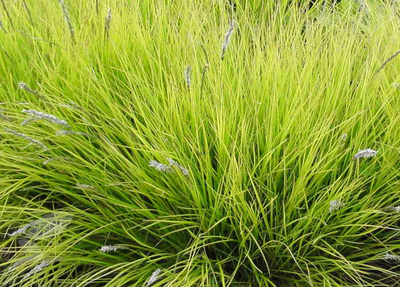
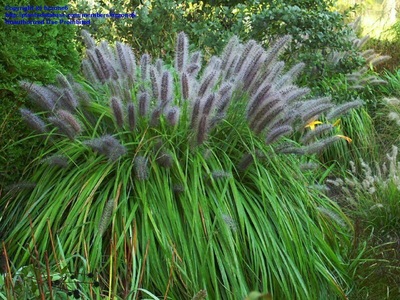
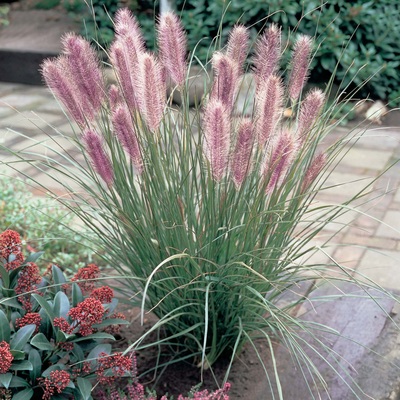


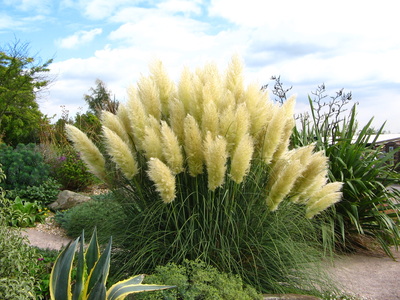
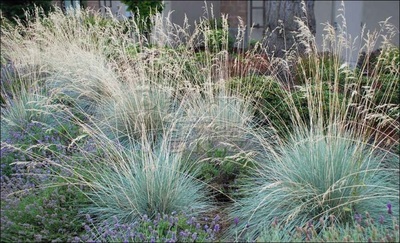
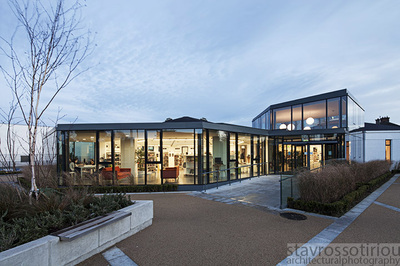


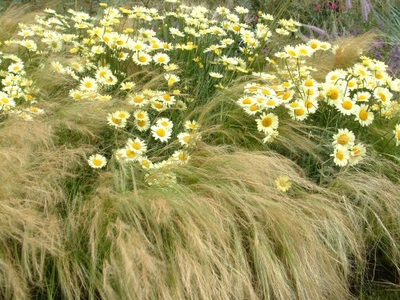
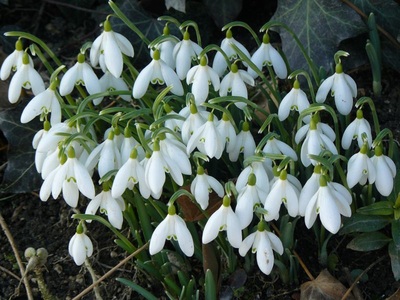
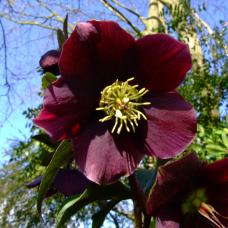
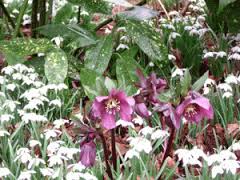
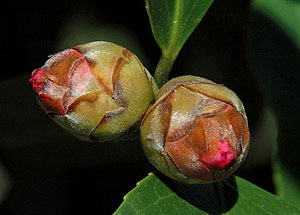
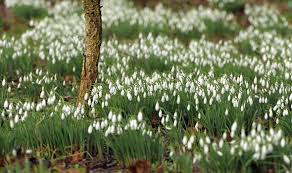
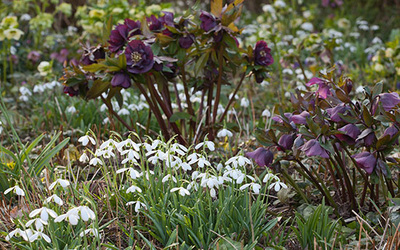
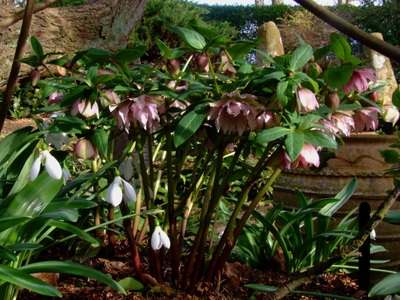
 RSS Feed
RSS Feed

